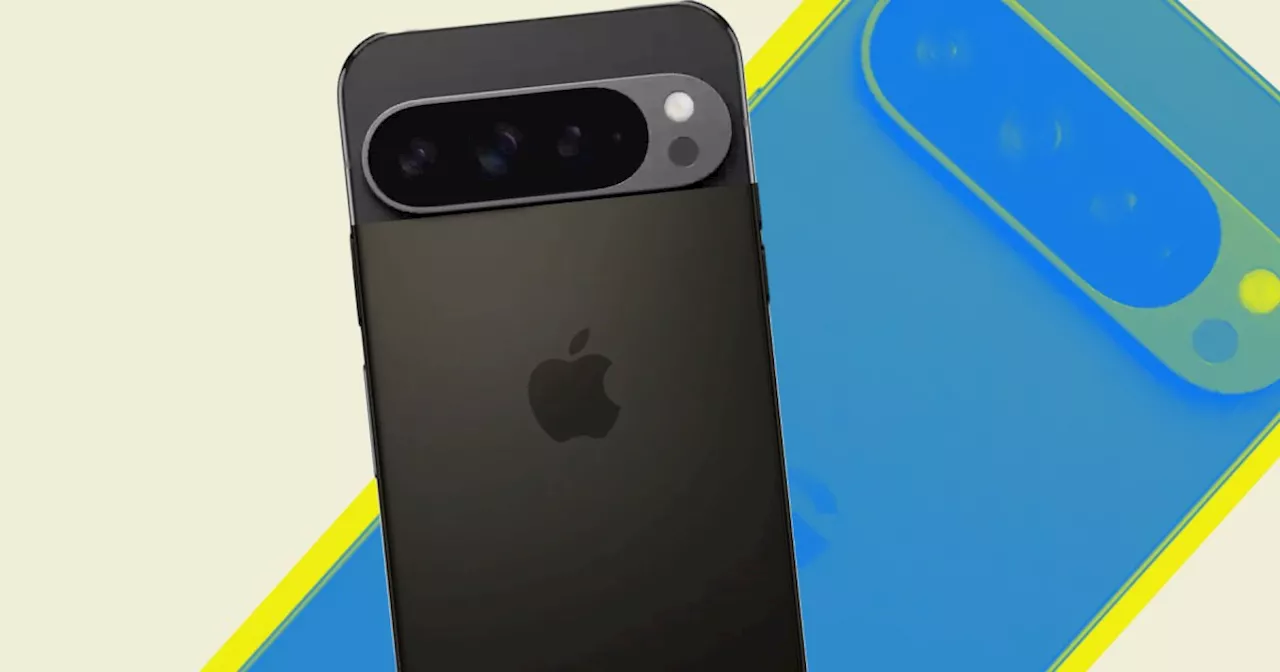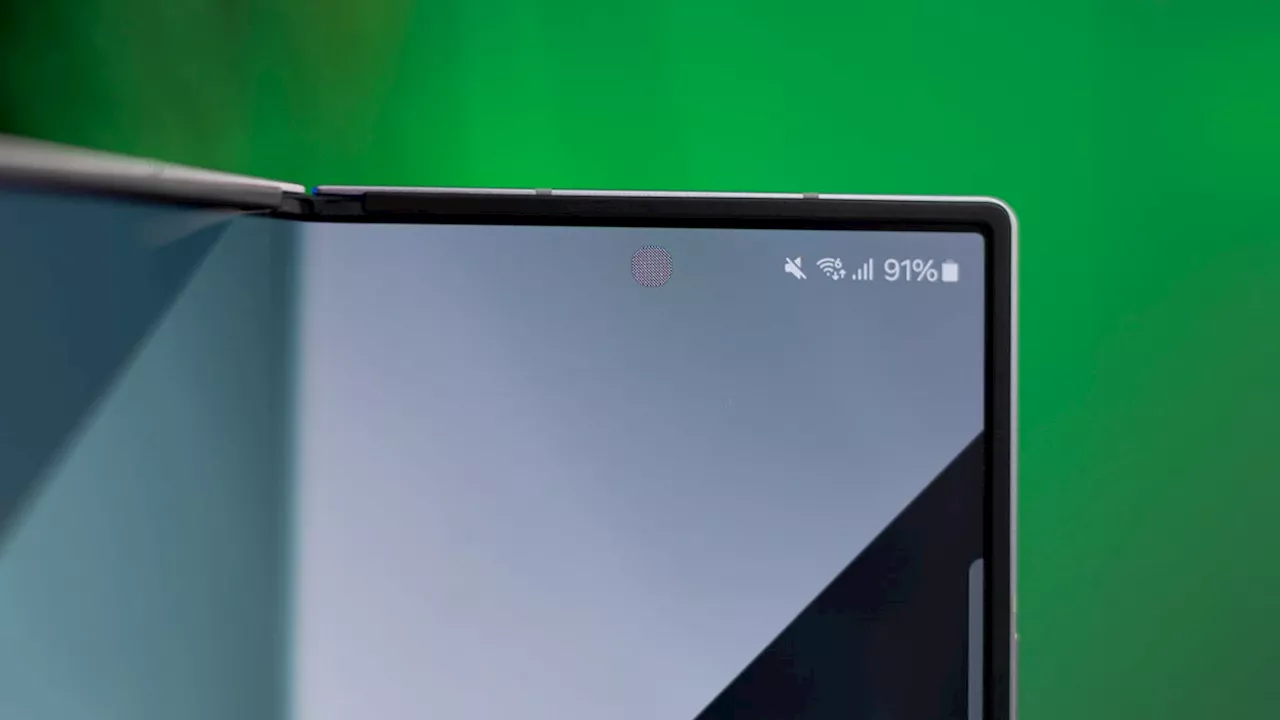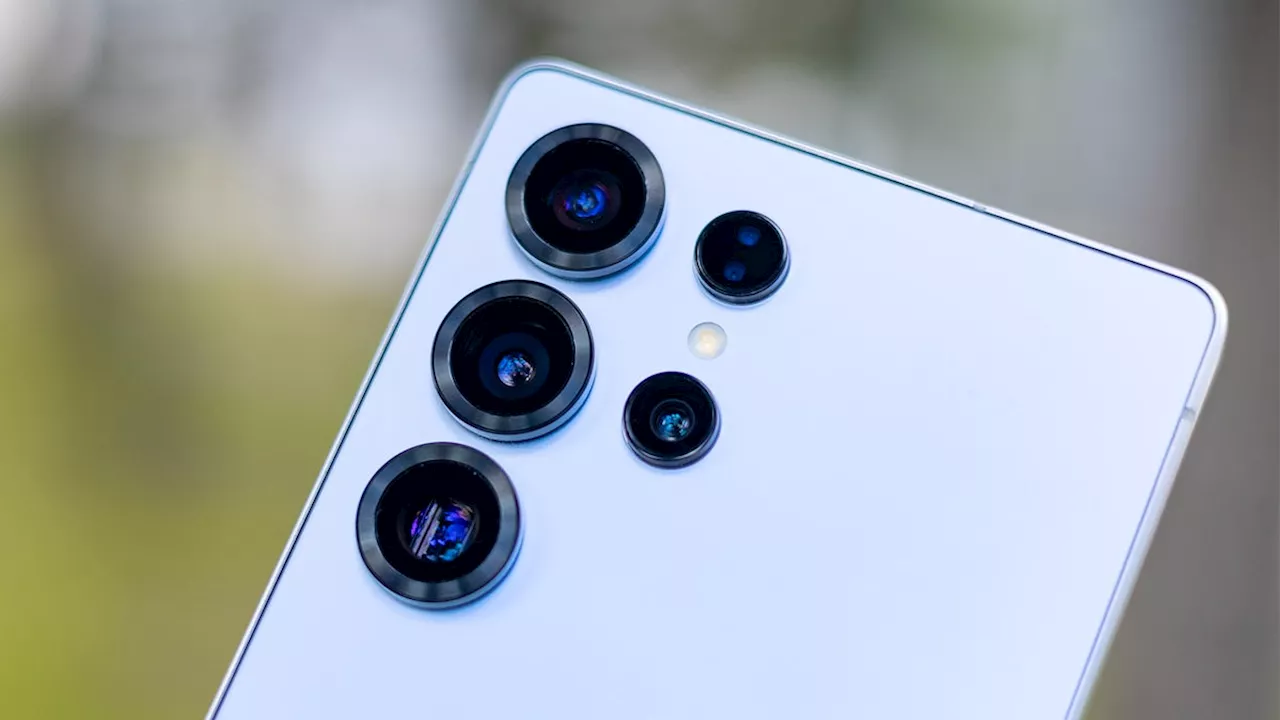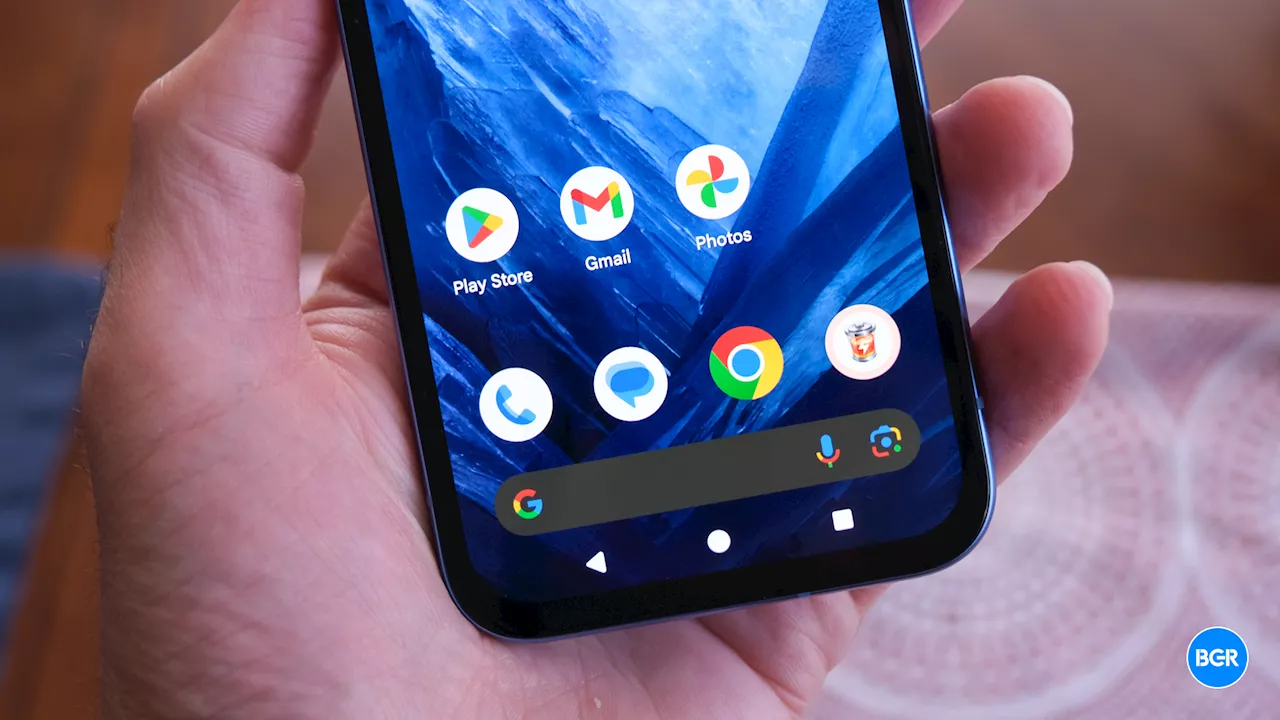The upcoming Pixel 9a is rumored to eliminate the traditional camera bump, opting for a flush-mounted camera module. This design shift, coupled with potential advancements in Google's Gemini AI, suggests a move towards prioritizing software-driven photographic capabilities over purely hardware-based solutions.
Smartphone design has seemingly reached a plateau, with most devices adopting a near-identical all-screen aesthetic featuring varying sized cutouts for the camera and ever-shrinking bezels. While the display layout is unlikely to see significant improvements, the rear design often draws criticism, particularly concerning the prominence of the camera bump .
Despite its strategic purpose – accommodating increasingly sophisticated camera systems – the camera bump is frequently deemed unsightly, bulky, and prone to causing instability when placed on flat surfaces. Smartphone manufacturers, driven by consumer demand for enhanced camera capabilities, have made a calculated compromise: increasing the size of camera lenses both horizontally and vertically. This necessitates larger and thicker camera bumps, effectively sacrificing some aesthetic appeal for improved photographic performance. This design dilemma is particularly evident when comparing the iPhone 17 Air, an ultra-thin model rumored to feature a significant camera bump, with the upcoming Pixel 9a. This mid-range Android phone, scheduled for release alongside the iPhone SE 4, is purportedly ditching the traditional camera bump altogether. Instead, it is expected to utilize a unique pill-shaped camera module that sits nearly flush with the phone's body. While the Pixel 9a's design shift may seem surprising, given Google's historical tendency to emulate the iPhone's aesthetics, it could be indicative of a strategic departure from conventional approaches. Google's adoption of a distinctive camera bar design on previous Pixel models, setting it apart from the iPhone and other Android devices, hints at its willingness to explore innovative design solutions. The Pixel 9a's rumored camera specs, a 48-megapixel and a 13-megapixel sensor combination, suggest a potential focus on computational photography. It is possible that Google is leveraging advancements in its Gemini AI platform to compensate for a reduction in dedicated camera hardware. Perhaps these AI advancements, yet to be revealed publicly, enable the processing of images and videos with exceptional clarity despite a smaller camera module. Alternatively, Google might be collaborating with suppliers to develop cutting-edge camera components that minimize module thickness without compromising image quality. The Pixel 9a's larger battery capacity, achieved despite a similar thickness to its predecessor, further supports the notion of innovative technological solutions. It is anticipated that Google will emphasize the role of Gemini AI during the Pixel 9a's launch event, slated for March 19th, with an estimated price tag of $499.
SMARTPHONE DESIGN CAMERA BUMP PIXEL 9A GEMINI AI COMPUTATIONAL PHOTOGRAPHY
United States Latest News, United States Headlines
Similar News:You can also read news stories similar to this one that we have collected from other news sources.
 Leaked Images Suggest iPhone 17 Air May Borrow Pixel 9's Camera DesignRumors swirl around the iPhone 17 Air's design, with leaked images showing a large, pill-shaped camera bar reminiscent of the Pixel 9 series. The leak also suggests the device will feature a single rear camera and be incredibly thin, potentially the slimmest iPhone yet. While exciting, some question if Apple is relying too heavily on a competitor's design.
Leaked Images Suggest iPhone 17 Air May Borrow Pixel 9's Camera DesignRumors swirl around the iPhone 17 Air's design, with leaked images showing a large, pill-shaped camera bar reminiscent of the Pixel 9 series. The leak also suggests the device will feature a single rear camera and be incredibly thin, potentially the slimmest iPhone yet. While exciting, some question if Apple is relying too heavily on a competitor's design.
Read more »
 Galaxy S26 Ultra May Ditch Punch-Hole Camera for Under-Display TechSamsung is reportedly testing an under-display camera for the Galaxy S26 Ultra, a technology that hides the front-facing camera beneath the screen. This could signal a move away from the punch-hole camera design that has been used on Samsung flagships since 2019.
Galaxy S26 Ultra May Ditch Punch-Hole Camera for Under-Display TechSamsung is reportedly testing an under-display camera for the Galaxy S26 Ultra, a technology that hides the front-facing camera beneath the screen. This could signal a move away from the punch-hole camera design that has been used on Samsung flagships since 2019.
Read more »
![]() Pixel 8a and Pixel 8 Pro Discounts Make Google Phones Even More AttractiveThe price war in smartphones intensifies as manufacturers compete for customers. Google offers significant discounts on its Pixel models, including the Pixel 8a and Pixel 8 Pro. These deals make Google phones even more appealing, especially as the gap between current and older flagship devices shrinks due to advancements in mobile AI and long software support.
Pixel 8a and Pixel 8 Pro Discounts Make Google Phones Even More AttractiveThe price war in smartphones intensifies as manufacturers compete for customers. Google offers significant discounts on its Pixel models, including the Pixel 8a and Pixel 8 Pro. These deals make Google phones even more appealing, especially as the gap between current and older flagship devices shrinks due to advancements in mobile AI and long software support.
Read more »
 Galaxy S25 Ultra: Can the new 50MP Ultra-Wide Camera beat the iPhone and Pixel?Victor, a seasoned mobile technology expert, has spent over a decade at PhoneArena, exploring the depths of mobile photography and reviewing hundreds of smartphones across Android and iOS ecosystems.
Galaxy S25 Ultra: Can the new 50MP Ultra-Wide Camera beat the iPhone and Pixel?Victor, a seasoned mobile technology expert, has spent over a decade at PhoneArena, exploring the depths of mobile photography and reviewing hundreds of smartphones across Android and iOS ecosystems.
Read more »
![]() Galaxy S25 vs. Pixel: 200MP vs 50MP Camera ShowdownA comparison of the camera capabilities of the Samsung Galaxy S25 Ultra and the latest Pixel flagship, highlighting the importance of image processing over megapixel count.
Galaxy S25 vs. Pixel: 200MP vs 50MP Camera ShowdownA comparison of the camera capabilities of the Samsung Galaxy S25 Ultra and the latest Pixel flagship, highlighting the importance of image processing over megapixel count.
Read more »
![]() Galaxy S25 vs Pixel: 200MP vs 50MP, Which Camera Reigns Supreme?A comparison of the camera systems on the upcoming Samsung Galaxy S25 and the latest Google Pixel phone. While the Galaxy boasts a 200MP main sensor, the Pixel packs a 50MP shooter. The article emphasizes that processing power plays a crucial role in image quality, making raw megapixel counts less significant.
Galaxy S25 vs Pixel: 200MP vs 50MP, Which Camera Reigns Supreme?A comparison of the camera systems on the upcoming Samsung Galaxy S25 and the latest Google Pixel phone. While the Galaxy boasts a 200MP main sensor, the Pixel packs a 50MP shooter. The article emphasizes that processing power plays a crucial role in image quality, making raw megapixel counts less significant.
Read more »
